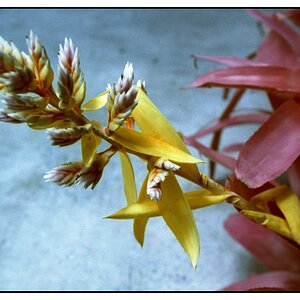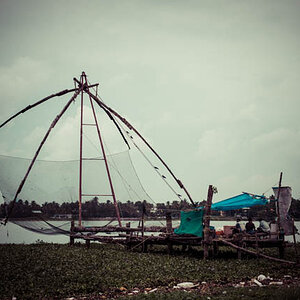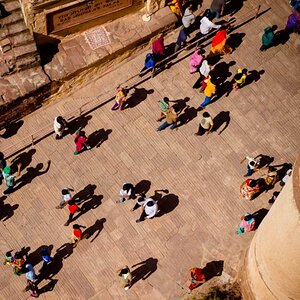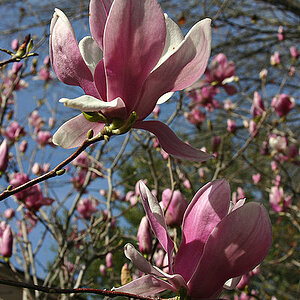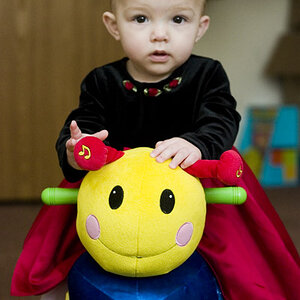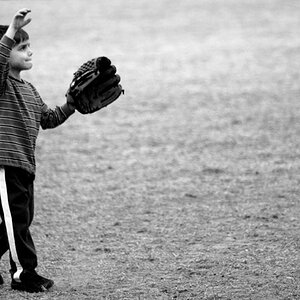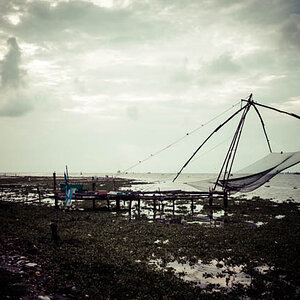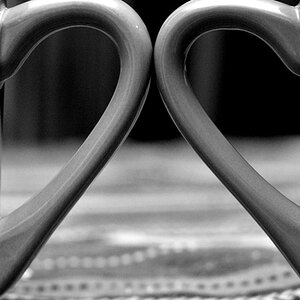AerialExplorer
TPF Noob!
- Joined
- Nov 21, 2015
- Messages
- 22
- Reaction score
- 2
- Can others edit my Photos
- Photos OK to edit
Hey everyone,
So I have been working long and hard all summer to perfect my drone for capturing aerial video and here is some of the shots I have captured over the summer.
So I have been working long and hard all summer to perfect my drone for capturing aerial video and here is some of the shots I have captured over the summer.



